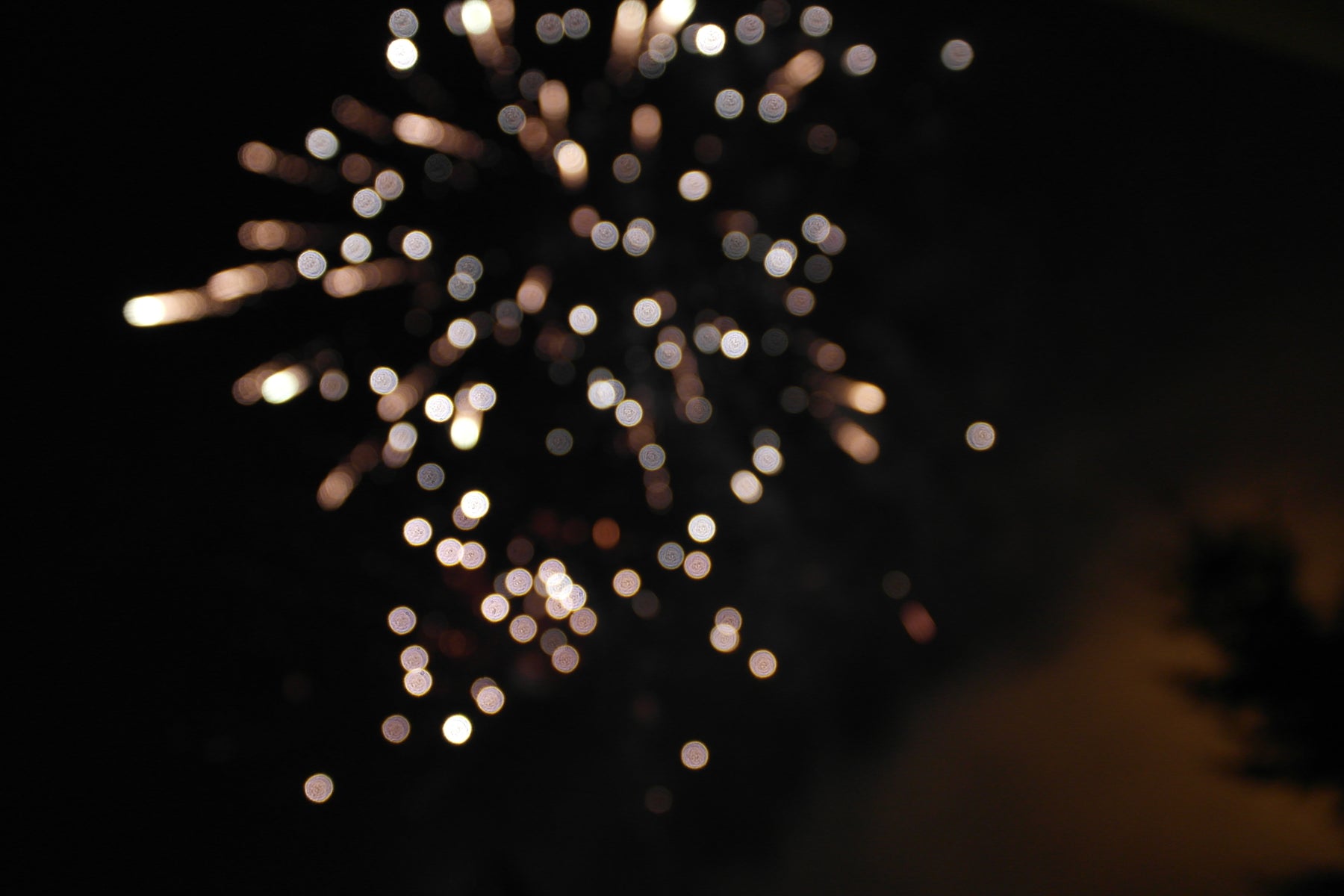
Independence Day - 4th of July Fireworks Display Heaven
Independence Day is the biggest national holiday in the United States of America. This day commemorates the signing of the Declaration of Independence by the Continental Congress on July 4, 1776, in Philadelphia, Pennsylvania. At the time it was signed, the US consisted of 13 colonies under the rule of King George III of England. There was a growing unrest in the colonies concerning the taxes that had to be paid to the English. This was commonly referred to as "Taxation without Representation" as the colonists did not have any representative in the English Parliament and had no control over what went on. As the unrest grew in the colonies, King George feared a rebellion and sent extra troops to help control the population. In 1774 the 13 colonies sent delegates to Philadelphia Pennsylvania to form the First Continental Congress. The delegates were not happy with England, but were reluctant to declare war. In April 1775 as King George’s troops advanced on Concord, Massachusetts, Paul Revere famously raised the alarm with cries, "The British are coming, the British are coming" as he sped on his horse through the night time streets. The Battle of Concord marked the unofficial start of the colonies war for Independence and its "shot heard round the world". In May the next year the colonies again sent delegates to the Second Continental Congress. For almost a year the congress had attempted to solve its differences with England without formally declaring war. By June 1776 it was apparent that their efforts were hopeless and a committee was formed to create a formal declaration of independence. Chaired by Thomas Jefferson, the committee included John Adams, Benjamin Franklin, Philip Livingston and Roger Sherman. Thomas Jefferson was chosen to compose the first draft which was presented to the congress on the 28th of June. After a variety of changes a vote was taken late in the afternoon of July 4th. Of the 13 colonies, 9 voted in favour of the Declaration, Pennsylvania and South Carolina voted against, Delaware was undecided and the state of New York abstained. John Hancock, the President of the Continental Congress, was the first to sign the Declaration of Independence, making it official. According to accounts from witnesses John Hancock signed his name "with a great flourish" in order that "King George can read that without spectacles!" Copies of the Declaration were distributed the following day. The Pennsylvania Evening Post was the first newspaper to print the Declaration on the 6th July, 1776. On July 8th the Declaration had its first reading in public in Philadelphia's Independence Square. The Declaration was read twice that day to cheering crowds and ringing church bells. Even the bell in Independence Hall was rung - The "Province Bell", which was later renamed the "Liberty Bell" after its inscription:- Proclaim Liberty Throughout All the Land Unto All the Inhabitants Thereof Although the signing of the Declaration was not finished until August, the 4th of July was accepted as the official anniversary of United States independence. The first Independence Day celebration took place the following year on July 4th 1777. By the early 19th Century the tradition of parades, picnics, and fireworks were established as the way to celebrate America's birthday. Fireworks have been banned in most places due to potential dangers, however most cities usually have large organized displays.
The most impressive ones being New York on the East River, in Chicago on Lake Michigan, Boston on the Charles River, and on the National Mall in Washington, D.C. There are no prizes for guessing that the predominant colours in the displays are red white and blue and each show ends in a spectacular style, every year trying to outdo the previous years display. The 4th of July is America’s big night for fireworks, and nobody does big quite like the Americans.
